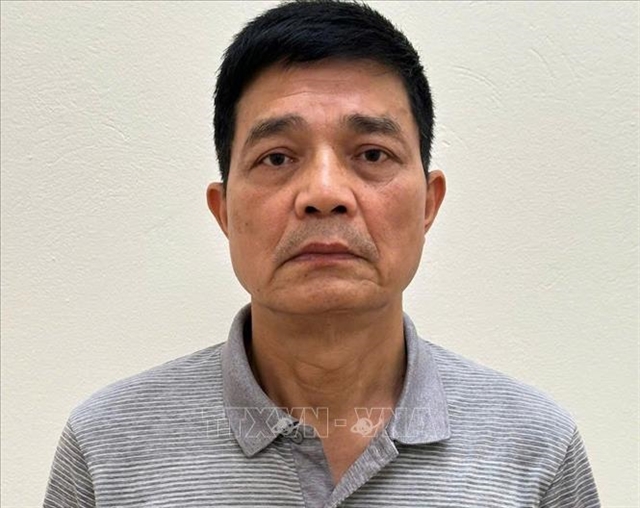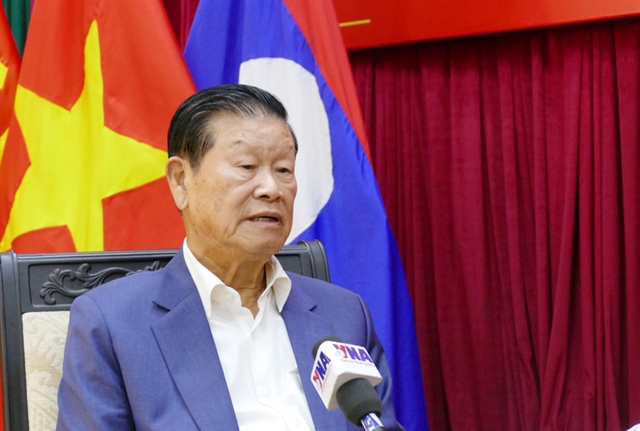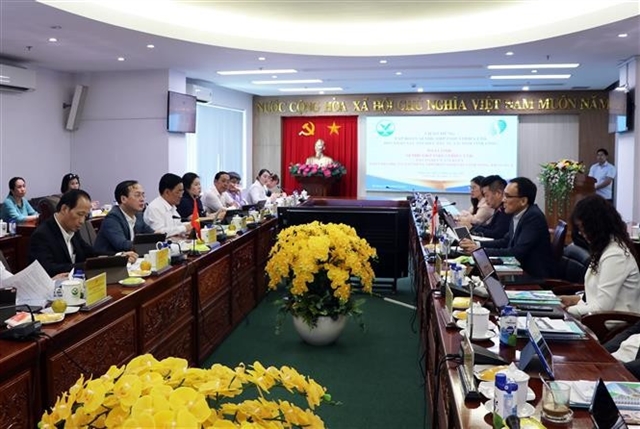 Society
Society

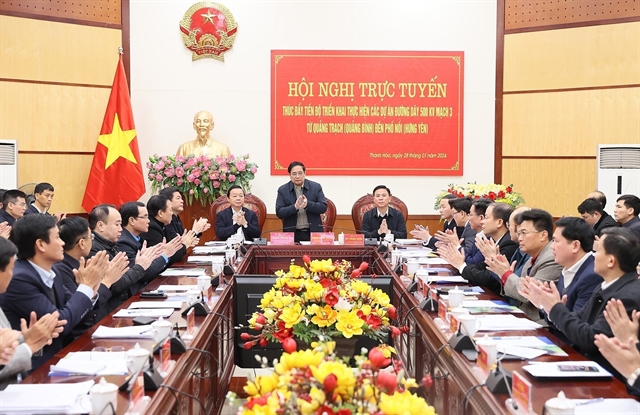
|
| Prime Minister Phạm Minh Chính chairs the meeting on Quảng Trạch-Phố Nối power line in Thanh Hóa on Sunday morning. — VNA/VNS Photos Dương Giang |
THANH HÓA — Prime Minister Phạm Minh Chính on Sunday presided over a conference on accelerating the progress of Quảng Trạch-Phố Nối electric transmission line project in Thanh Hóa Province as part of his visit to the project sites, stressing collective efforts to finish the project by mid-2024.
The 500kV power line connects Quảng Bình and Hưng Yên provinces, travelling through seven other localities in between.
It consists of four component subprojects, with a total length of 519km and a total investment of about VNĐ22.36 trillion (US$908.76 million). Construction began between late December 2023 and early January 2024.
According to Vietnam Electricity (EVN), all component projects have completed procedures for investment according to the law, while 226 bidding packages for construction, material and equipment supply are in progress.
The project is now addressing several bottlenecks including slow progress of land clearance and lack of space for construction and logistics in several localities, as well as difficulties in selecting construction plans in complex and dangerous terrain, according to reports presented at the conference.
Speaking at the event, PM Chính said that electricity was essential to people’s lives and to national socio-economic development, and therefore sufficient electricity for production, business and consumption was a must.
While Việt Nam had enough power capacity, in the past year there were still local electricity shortages due to inadequate management and allocation, he said, adding that more drastic and effective measures would be required to ensure power supply in 2024 and beyond.
The Quảng Trạch-Phố Nối electric transmission line is an urgent key national project that plays an important role in the country’s energy security, especially the northern region, and requires the engagement of ministries, departments and local authorities where the line runs through.
The project is set to be completed in June 2024.
“There is great pressure that comes with this goal, requiring strong determination, efforts, actions with purpose and thorough implementation,” said PM Chính.
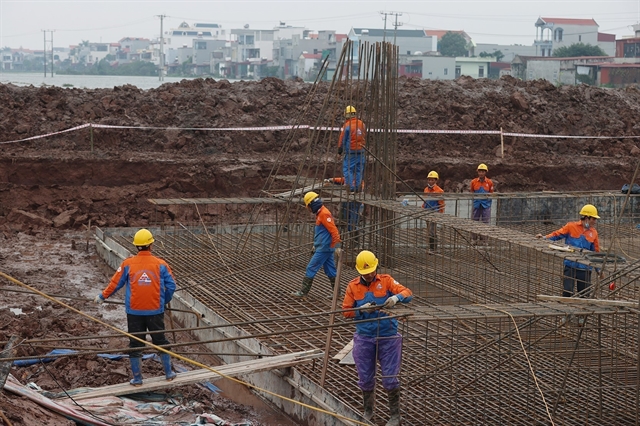
|
| Workers at the construction site for Nam Định 1 Thermal Power Plant -Thanh Hóa, within the power line project. |
The government leader directed relevant agencies to coordinate and follow the project schedule, ensuring construction quality and techniques, labour and environmental safety, and avoiding corruption and misconduct.
Provincial Party Committee secretaries and People’s Committee chairs are assigned to address project-related issues according to their authority.
Deputy PM Trần Hồng Hà and Minister of Industry and Trade Nguyễn Hồng Diên, alongside leaders of relevant departments, will hold monthly meetings to review, accelerate project progress and design provincial-level plans.
Deputy PM Trần Lưu Quang will be in charge of handling issues related to forest conversion for the project, including amending Decree 156 which serves as a guideline to implement forestry law, before the Tết (Lunar New Year) holiday.
PM Chính added that local resources should be mobilised for project implementation, which will generate joint efforts while creating employment opportunities for local residents at project sites.
He also emphasised strengthening communication activities to raise awareness among people on the significance of the project to national interests, local development and citizens themselves.
The management level must also ensure safety and order at construction sites, take care of workers’ well-being, and execute prompt reward and disciplinary measures when needed, he said.
The Ministry of Construction will oversee construction material supply and price management for the project alongside local authorities.
The PM also noted that the electric power industry and localities should look into developing power stations along this 500 kV electric transmission line to supply energy for local socio-economic development, particularly economic, industrial and tourism-service zones. — VNS

